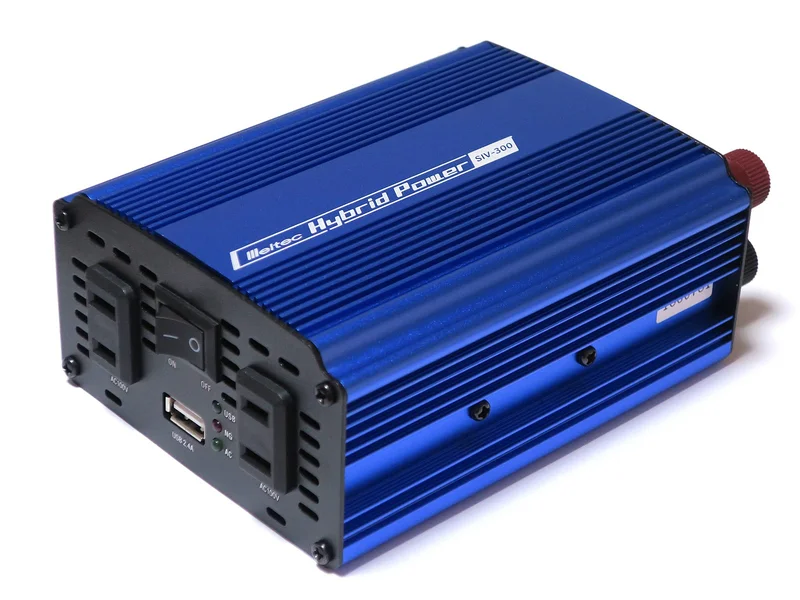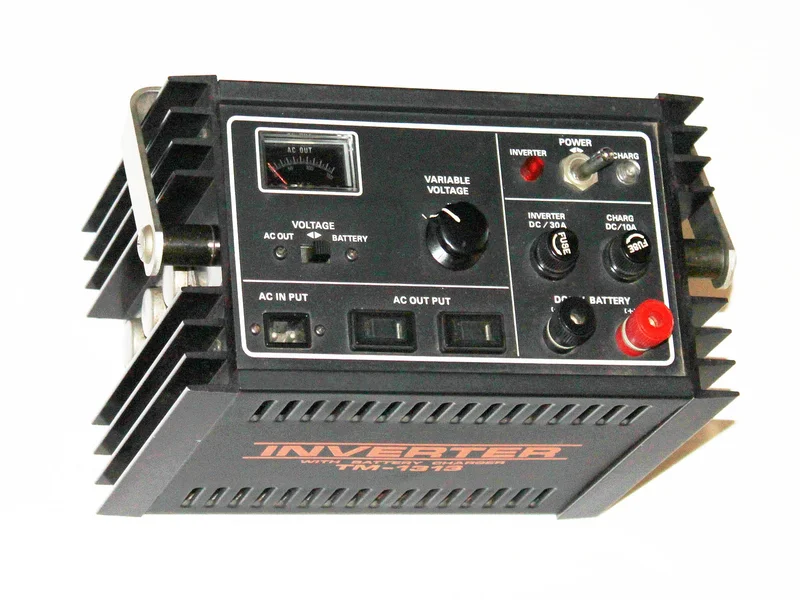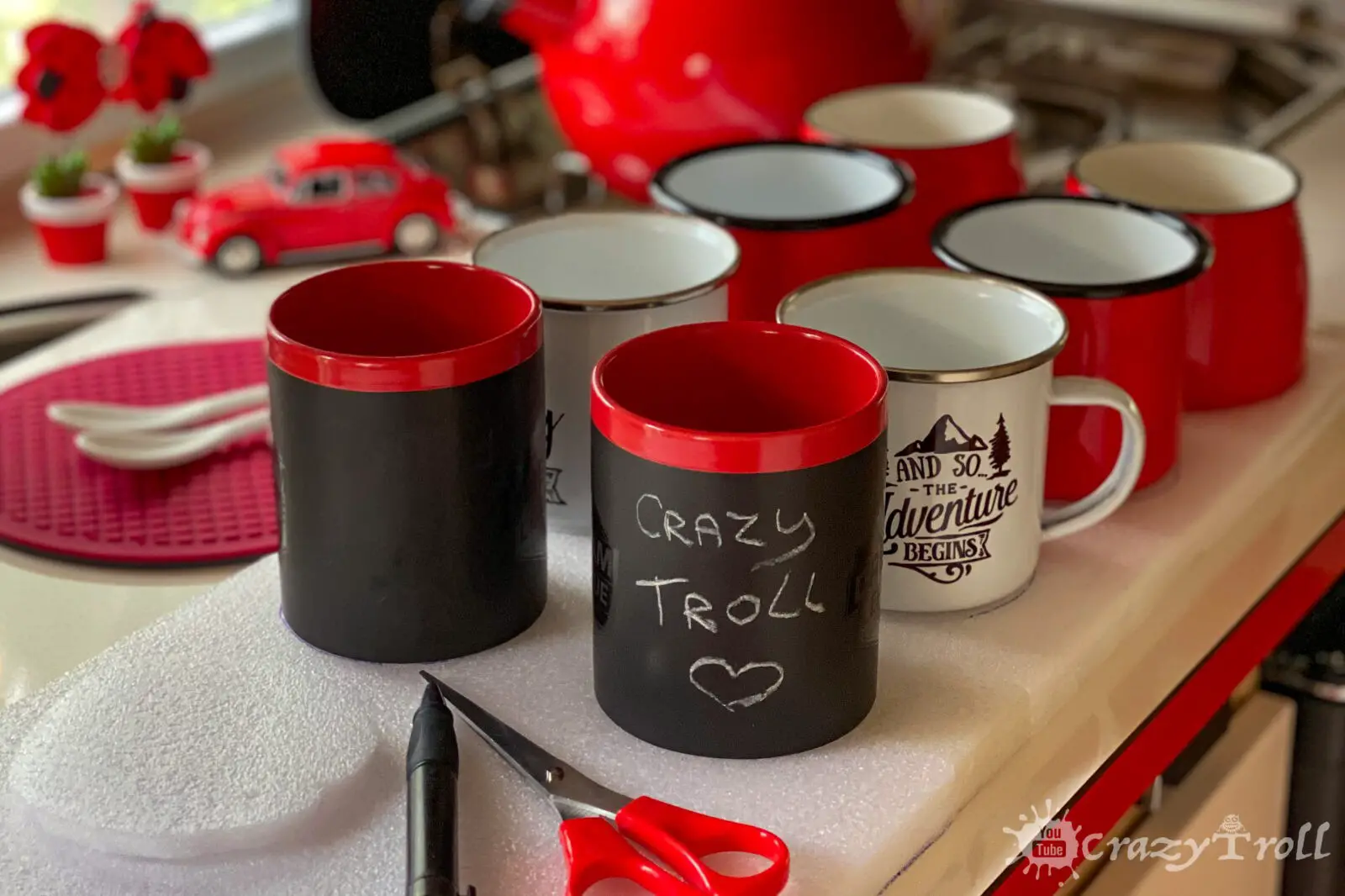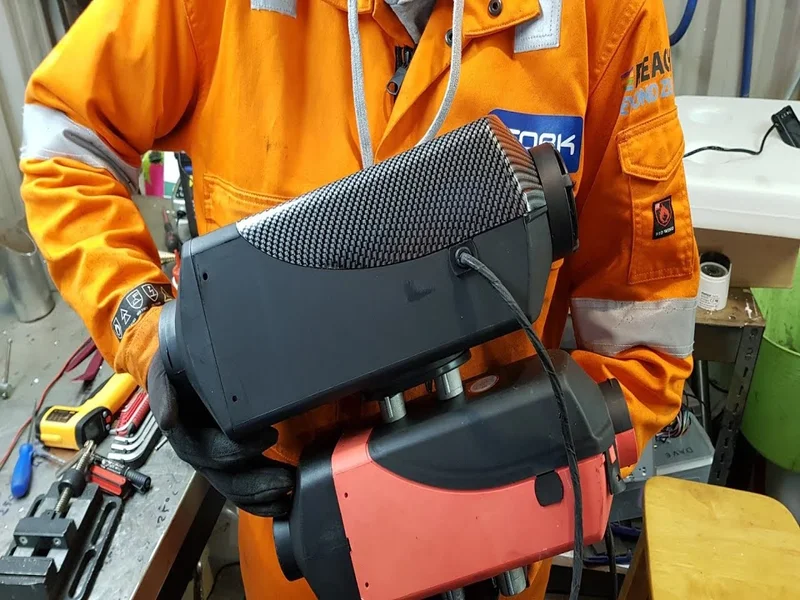If you’re considering buying a new coffee machine or toaster, you may be wondering whether your inverter can handle it. Depending on your device’s high-tech, you may need to buy an inverter with a higher wattage. Although if you know the exact specs before you start shopping, you can save yourself the trouble by making sure your new device is within the limit.
Now you may be wondering, how can you calculate the specific wattage for your inverter? Is there a basic measure for the number or type of devices it can handle? One thousand watts is the standard inverter measurement most people have to work with.
Why do you need a power inverter?

The power inverter is an electric device that converts a DC into the AC that you need to work your household devices. That includes everything from coffee makers, microwaves, toasters to lights, laptops, and phones. Of course, the actual working of the inverter is a lot more layered. The circuit boosts the DC voltage coming from batteries before converting it to AC.
Where can you use a power inverter?
There are several situations where a power inverter may come in handy.
- PV Solar Systems
You can run solar power through an inverter and turn it into usable AC voltage.
- RVs
If you’re out camping in the wilderness or having a trip in your RV, you can use an inverter to power all your appliances.
- Power Outages
You can never predict when you’ll face a power outage, so it’s always a good idea to be prepared. An inverter can run all your essential devices during a blackout so you can make a fresh cup of coffee and get crisp toast for breakfast.
- UPS
With some slight modifications, an inverter can serve as a great type of UPS while the mains supply is down.
What will a 1000 watt power inverter run?
- Total power usage
The first step in determining what equipment you can run is calculating the wattage each device uses. That way, you’ll know exactly what you can and cannot use, along with whether it’s okay to run multiple devices simultaneously. You will find this value on the back of each item.
Add these up to get the total power usage. If you’re only concerned about running a singular item, then you need its wattage requirements. These, too, are usually mentioned in the product description.
- Inverter size calculator
Next, you need to figure out exactly what your 1000 watt inverter can run. For this, you only need to remember a single formula.
The wattage required = Amps x Volts.
To break this down, let us assume your coffee maker reads a value of 15 amps using a 120-volt ac. Plug these into the formula, and you multiply the two values to get 1800W. If the item in question requires 1800 watts to run, a 1000 watt inverter will not work. It’s pretty straightforward.
- Safety room
So what if you were working with eight amps and 120 volts. That would give you 960 watts, ideally under the margin, right? Guess again. When working with an inverter, leaving a safety room of at least 10 to 20 percent is essential.
There are several reasons why the safety room is so important. First, inverters, like all equipment, are flawed and don’t function at 100 percent efficiency. That means the process of converting the DC power to AC power involves a loss of energy. This wastage is a natural part of the conversion process and can’t be helped. So it would be best if you kept a 10 to 20 percent allowance.
Plus, there’s always the possibility that you’ll want to run an additional device on your inverter. Perhaps you’ll need to use a printer for work or a hairdryer in an emergency. You never know, and it’s always better to have a safety net.
For 15 amps using a 120-volt ac, you’ll need to upgrade to an inverter that offers:
1800W + (20/100)1800
= 2160W or more
- Startup Power

Of course, there is a final aspect to consider. When dealing with an inverter, there are two types of loads, the continuous load and the startup load. If you haven’t heard of this before, you’re not alone. Unfortunately, most people overlook the initial boost of energy, motor-run devices need.
This peak load helps jump-start the mechanism and is quickly stabilized soon after, reaching a reduced continuous load that offers optimum performance. Hence, you must factor this value into your load calculations.
A reasonable estimate for the startup load is simply double the continuous load. However, if you want to stay safe, you can just as easily use multiples of 3, 4, or 5, depending on the electronics in question. Larger multiples are the better choice when you’re dealing with heavy-duty equipment like freezers or air conditioners.
For instance, if your continuous load is:
1.1A x 120V = 132W
To get the startup load:
132W x 2 = 264W
Or
132 x 3 = 396W
Hence, the ideal peak-surge wattage is 264W or 396W, so make sure you check the labels on your products before you plug them in. And if you’re looking into potential inverters, it is even easier to study because both the continuous and peak wattage values are printed on the label.
Can you get away with using a smaller inverter?
What if you run an appliance on less than the ideal wattage? Sure, you won’t have the same runtime, but there are situations where you can use a smaller inverter without problems. But, of course, that’s if the difference is minimal. Plus, you risk damaging your appliances and permanently burning out your inverter.
A 1000 Watt power inverter can run most of the appliances in your home. That includes coffee makers, microwaves, toasters, vacuums, hairdryers, lights, laptops, Xboxes, printers, and home theater setups. Of course, if you’re going to use more than one item, you’ll have to carefully calculate your overall power usage.








